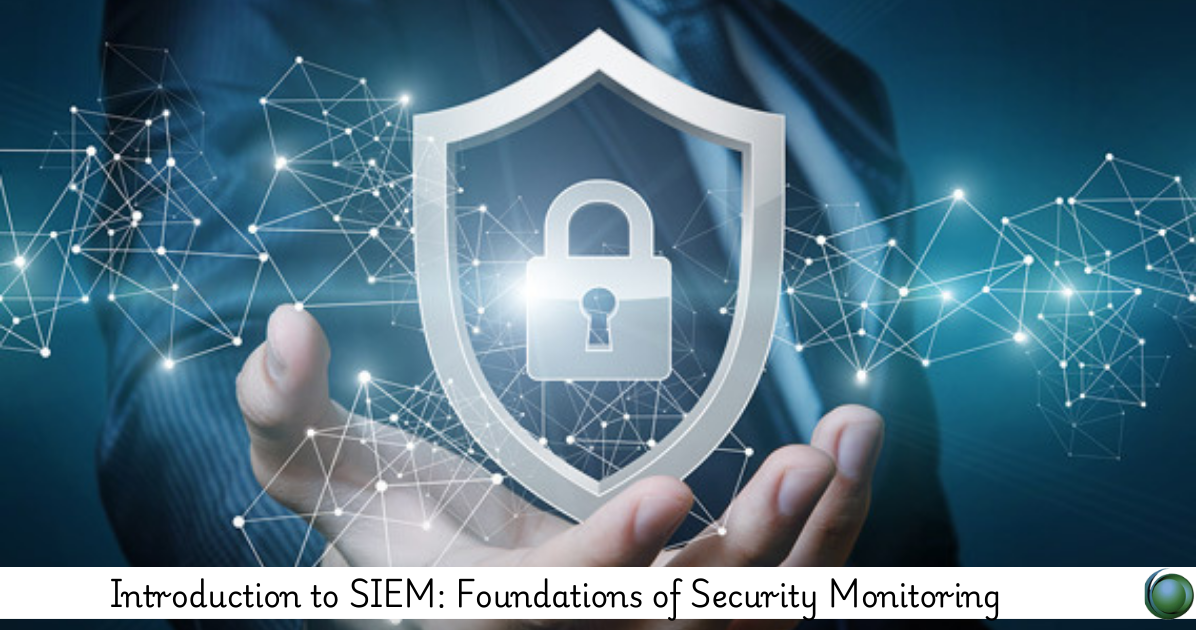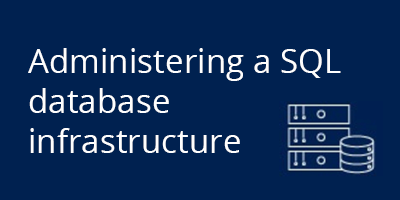Description
Introduction of SIEM for Security Monitoring
Security Information and Event Management (SIEM) is a critical component in modern cybersecurity operations, enabling organizations to collect, analyze, and respond to security threats in real time. This course introduces the fundamentals of SIEM, covering key concepts, use cases, and best practices for implementing an effective security monitoring strategy. Participants will gain insights into log management, threat detection, correlation rules, and compliance requirements.
Prerequisites
- Basic knowledge of networking and cybersecurity concepts.
- Familiarity with security logs and event monitoring is helpful but not mandatory.
- Understanding of common security threats and incident response practices.
Table of Contents
1. Introduction to SIEM
1.1 What is SIEM? Overview and Importance
1.2 Evolution of SIEM: From Log Management to Threat Intelligence
1.3 SIEM in Modern Cybersecurity Frameworks
1.4 Key Benefits and Use Cases of SIEM
2. Core Components of SIEM
2.1 Log Collection and Data Aggregation
2.2 Event Correlation and Anomaly Detection
2.3 Real-Time Alerting and Incident Response
2.4 Reporting, Compliance, and Forensics
3. SIEM Architecture and Deployment Models
3.1 On-Premises vs. Cloud-Based SIEM Solutions
3.2 SIEM Data Sources: Logs, Network Traffic, and Endpoints
3.3 Scalability and Performance Considerations
3.4 Integrating SIEM with Existing Security Tools
4. Log Management and Data Normalization
4.1 Understanding Log Sources: Firewalls, IDS/IPS, Servers, and Applications
4.2 Log Collection Methods: Syslog, API, and Agent-Based Approaches
4.3 Data Normalization and Parsing for SIEM(Ref: Mastering SIEM for Threat Detection and Incident Response)
4.4 Storing and Retaining Logs for Compliance
5. Threat Detection and Correlation Rules
5.1 Rule-Based vs. Machine Learning-Based Threat Detection
5.2 Creating and Customizing Correlation Rules
5.3 Behavioral Analytics and Anomaly Detection
5.4 Reducing False Positives and Improving Detection Accuracy
6. Incident Response and Investigation with SIEM
6.1 Automated Alerting and Escalation Processes
6.2 Investigating Security Incidents Using SIEM
6.3 Case Management and Threat Intelligence Integration
6.4 Response Automation with SOAR (Security Orchestration, Automation, and Response)
7. SIEM for Compliance and Auditing
7.1 Compliance Requirements: GDPR, HIPAA, PCI-DSS, and ISO 27001
7.2 Audit Trails and Log Retention Best Practices
7.3 Generating Compliance Reports with SIEM
7.4 Security Policies and Governance
8. Challenges and Best Practices in SIEM Implementation
8.1 Common SIEM Deployment Challenges
8.2 Optimizing SIEM for Performance and Accuracy
8.3 Best Practices for Fine-Tuning Correlation Rules
8.4 Continuous Improvement and Threat Intelligence Integration
9. Future Trends in SIEM and Security Monitoring
9.1 The Role of AI and Machine Learning in SIEM
9.2 Cloud-Native and Next-Gen SIEM Solutions
9.3 Extended Detection and Response (XDR) and SIEM
9.4 The Future of Real-Time Threat Detection
A well-implemented SIEM solution is a cornerstone of modern cybersecurity, providing real-time threat detection, incident response, and compliance management. This course equips participants with the knowledge to understand SIEM fundamentals, deploy effective security monitoring, and integrate SIEM with broader security operations. As cyber threats evolve, leveraging SIEM effectively will be essential for maintaining a proactive security posture.







Reviews
There are no reviews yet.